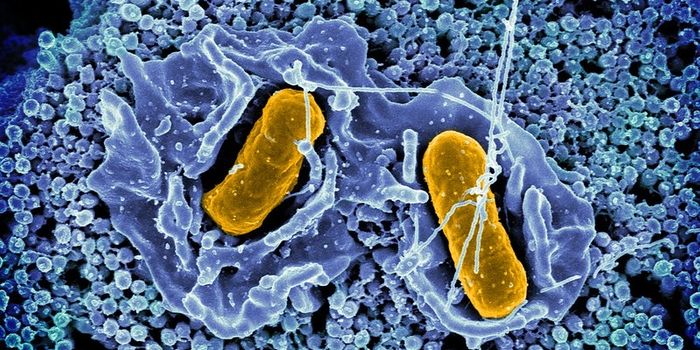The Plague May Have led to the Decline of Neolithic Settlements
An international team of European researchers has discovered a new strain of the bacteria that causes plague. The bacterium, Yersinia pestis, was extracted from a 5,000-year-old-sample of human remains. This strain appears to be closer to the genetic origin of plague than any other sample that’s been found. The research, which has been reported in Cell, also suggested that traders may have spread the plague among Neolithic settlements, contributing to their demise around the dawn of the Bronze Age.
"Plague is maybe one of the deadliest bacteria that has ever existed for humans. And if you think of the word 'plague,' it can mean this infection by Y. pestis, but because of the trauma plague has caused in our history, it's also come to refer more generally to any epidemic. The kind of analyses we do here let us go back through time and look at how this pathogen that's had such a huge effect on us evolved," explained the senior author of the report Simon Rasmussen, a metagenomics researcher at the Technical University of Denmark and the University of Copenhagen.
The team mined available genetic sequence data on ancient humans, screening for sequences that resemble those found in the modern strain of plague. This strategy enabled them to discover a new strain in a 5,000-year-old sample of a 20-year-old woman from the Swedish area. Genes in that strain are the same as those that make today’s plague deadly. Traces of the strain were found in another individual located at the same burial site, which suggests that the deaths were caused by the disease.
This new strain probably diverged from others around 5,700 years ago. The plague common during the Bronze Age and the plague that gave rise to modern plague diverged 5,300 and 5,100 years ago, respectively. That suggests that the Neolithic period saw the existence of multiple plague strains.
Rasmussen used this work to develop a new theory about the spread of plague. It’s been suggested that peoples of the Eurasian steppe displaced Neolithic farmers around 5,000 years ago because of the plague the Eurasians brought with them. However, the Swedish woman had a strain which diverged from Y. pestis 5,700 years ago, suggesting it evolved before the migrations started. The Neolithic settlements may have already been collapsing before the Eurasians appeared on the scene.
At that same time, huge settlements with thousands of people were growing in Europe. While they moved society forward, they also gave plague a breeding ground. ”These mega-settlements were the largest settlements in Europe at that time, ten times bigger than anything else. They had people, animals, and stored food close together, and, likely, very poor sanitation. That's the textbook example of what you need to evolve new pathogens," explained Rasmussen.
"We think our data fit. If plague evolved in the mega-settlements, then when people started dying from it, the settlements would have been abandoned and destroyed. This is exactly what was observed in these settlements after 5,500 years ago. Plague would also have started migrating along all the trade routes made possible by wheeled transport, which had rapidly expanded throughout Europe in this period," he added.
There are limitations to this type of study. The plague has not yet been founding individuals from those mega-settlements. "We haven't really found the smoking gun, but it's partly because we haven't looked yet. And we'd really like to do that because if we could find plague in those settlements, that would be strong support for this theory," noted Rasmussen.
This study still helps us understand more about how pathogens evolve, however. "We often think that these super-pathogens have always been around, but that's not the case," he said. "Plague evolved from an organism that was relatively harmless. More recently, the same thing happened with smallpox, malaria, Ebola, and Zika. This process is very dynamic--and it keeps happening. I think it's really interesting to try to understand how we go from something harmless to something extremely virulent."
Sources: AAAS/Eurekalert! via Cell Press, Cell









